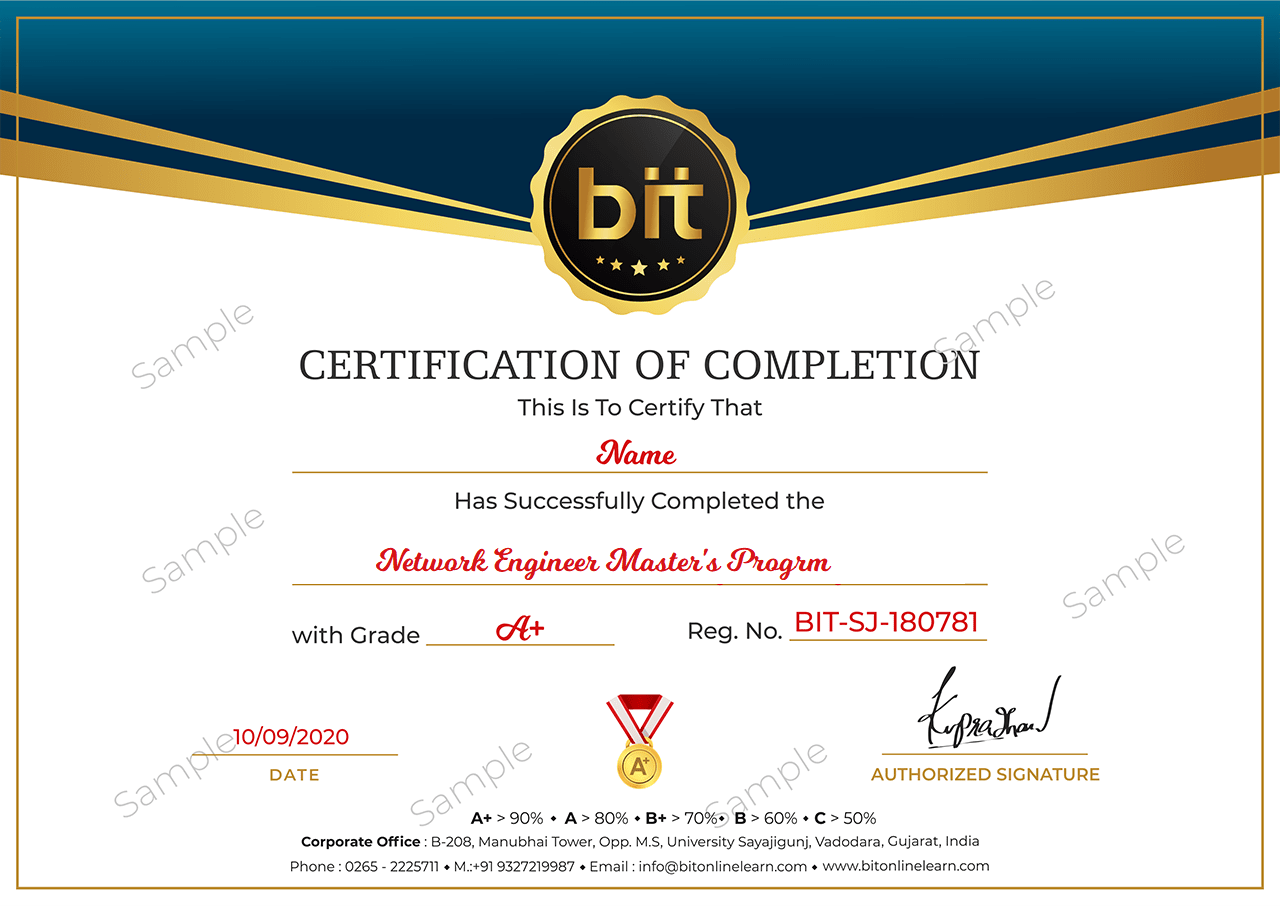· Lecture 1: Explain the purposes and uses of ports and protocols.
· Protocols and ports
· Protocol types
· Connection-oriented vs. connectionless
· Practical Exercise
· Lecture 2: Explain devices, applications, protocols and services at their appropriate OSI layers
· Layer 1- Physical
· Layer 2 - Data link
· Layer3 - Network
· Layer4 – Transport
· Layers - Session
· Layer6 – Presentation
· Layer7 –Application
· Practical Exercise
· Lecture 3: Explain the concepts and characteristics of routing and switching
· Properties of network traffic
· Segmentation and interface properties
· Routing
· 1Pv6 concepts
· Performance concepts
· NAT/PAT
· Port forwarding
· Access control list
· Distributed switching
· Packet-switched vs. circuit
· switched network
· Software-defined networking
· Practical Exercise
· Lecture 4: Given a scenario, configure the appropriate IP addressing components
· Private vs. public
· Loop back and reserved
· Default gateway
· Virtual IP
· Subnet mask
· Subnetting
· Address assignments
· Practical Exercise
· Lecture 5: Compare and contrast the characteristics of network topologies, types and technologies
· Wired topologies
· Types
· Technologies that facilitate the Internet of Things (loT)
· Wireless topologies
· Practical Exercise
· Lecture 6: Given a scenario, implement the appropriate wireless technologies and configurations
· 802.11 standards
· Cellula
· Frequencies
· Speed and distance requirements
· Channel bandwidth
· Channel bonding
· MIMO/MU-MIMO
· Unidirectional/omnidirectional
· Site surveys
· Practical Exercise
· Lecture 7: Summarize cloud concepts and their purposes
· Types of services
· Cloud delivery models
· Connectivity methods
· Security implications/considerations
· Relationship between local and cloud resources
· Practical Exercise
· Lecture 8: Explain the functions of network services
· DNS service
· DHCP service
· NTP
· IPAM
· Practical Exercise










